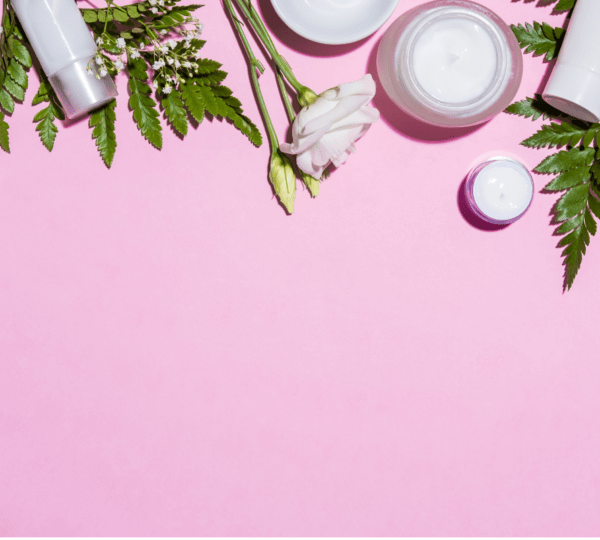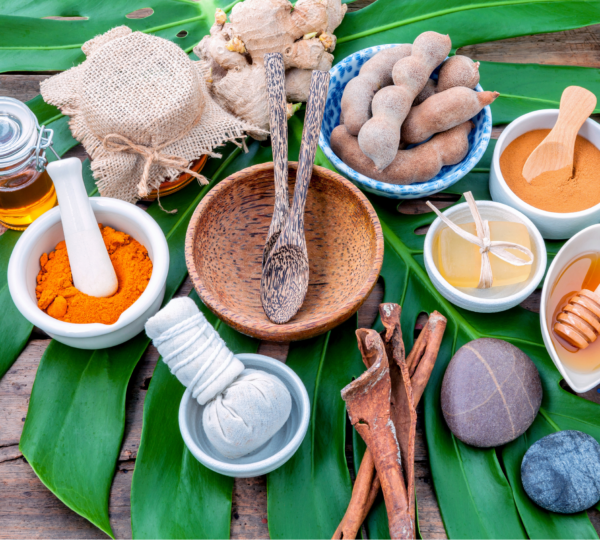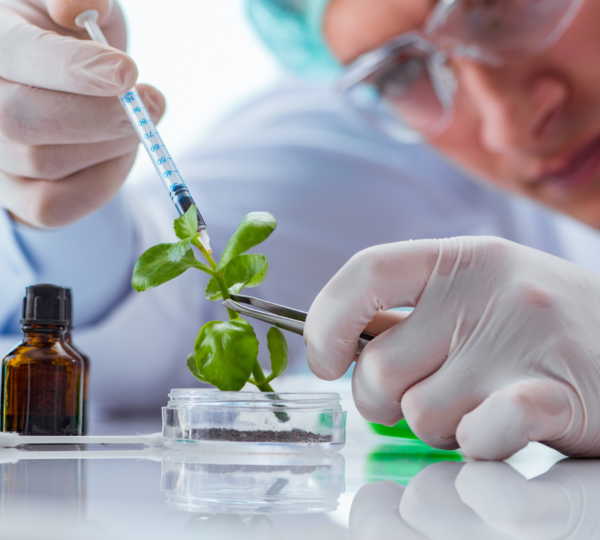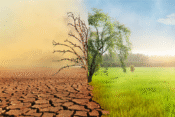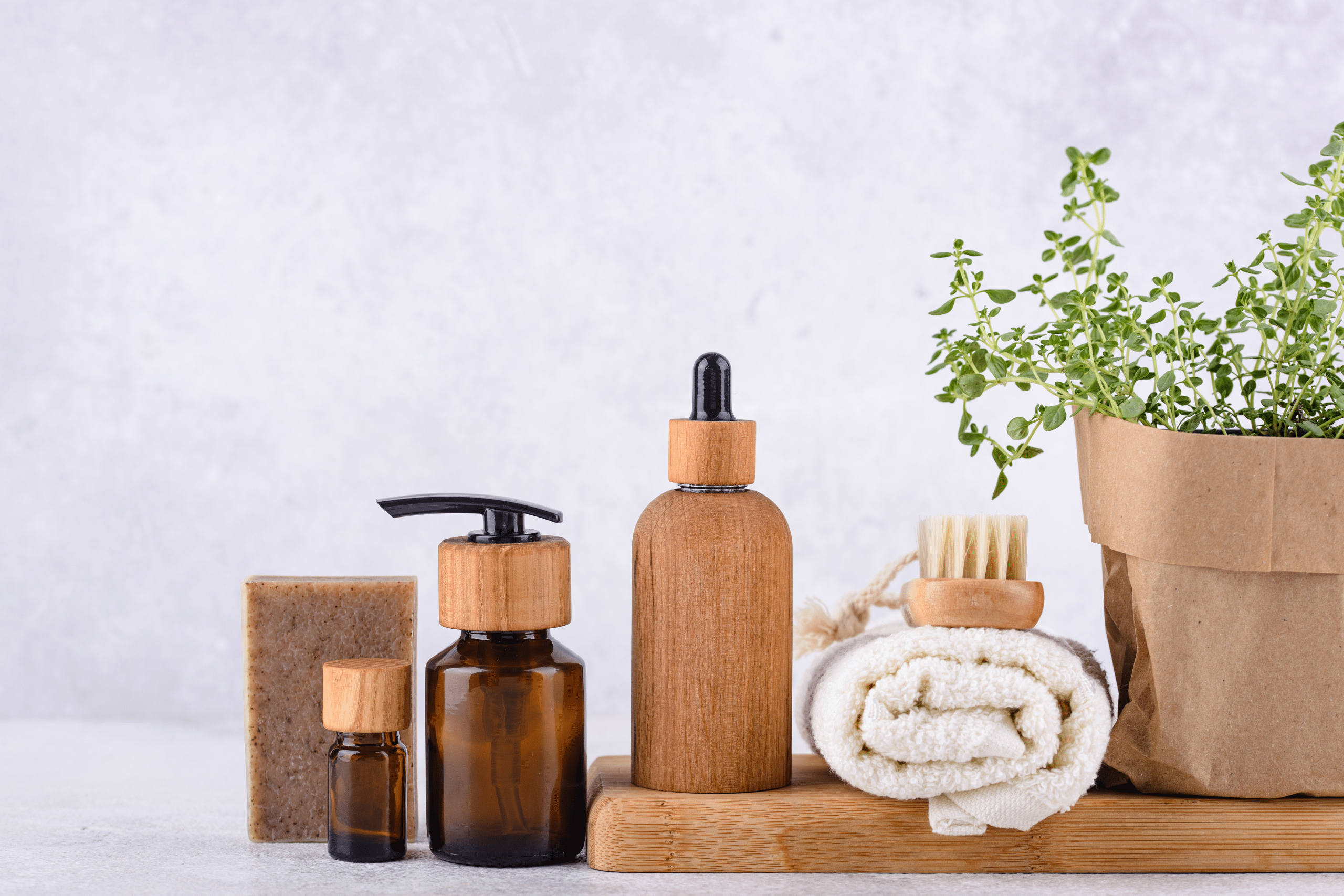
Clean & Green: The Ultimate Guide to Sustainable Skincare in 2025
Maya’s heart sank as she watched another documentary about plastic pollution in our oceans. As a beauty enthusiast with a bathroom cabinet full of skincare products, she couldn’t help but feel partly responsible. That evening, she made a decision that would transform not just her skincare routine, but her entire approach to beauty. Today, two years later, she’s achieved her dream of a zero-waste skincare routine that delivers amazing results.
Key Takeaways
- Learn how to identify truly sustainable skincare products
- Discover eco-friendly alternatives to traditional products
- Understand the environmental impact of skincare choices
- Find effective, planet-friendly skincare solutions
- Build a sustainable routine that actually works
Note: Always verify product sustainability claims and check ingredients with a healthcare provider before use.
The Real Environmental Impact of Skincare
Recent studies reveal shocking statistics:
- Beauty industry produces 120+ billion packaging units annually
- Less than 9% of beauty packaging gets recycled
- Microplastics found in 85% of marine samples
The True Cost of Traditional Skincare
- Water waste in production
- Plastic packaging pollution
- Chemical runoff effects
- Carbon footprint impact
Building Your Sustainable Skincare Arsenal
1. Cleansing Options
Safety Note: Even natural products can cause reactions. Patch test all new products.
Sustainable Alternatives:
- Solid cleansing bars
- Powder-to-foam cleansers
- Biodegradable cleansing cloths
- Reusable cotton pads
2. Treatment Products
Important: Consult a skincare professional before using active ingredients, even natural ones.
Look for:
- Waterless formulations
- Concentrated serums
- Refillable containers
- Multi-purpose products
3. Moisturizing Solutions
Eco-friendly options:
- Zero-waste face oils
- Solid moisturizer bars
- Biodegradable packaging
- Refill stations
2025’s Sustainable Beauty Innovations
Revolutionary Packaging
- Mushroom-based containers
- Ocean-plastic packaging
- Edible wrappers
- Self-dissolving containers
Ingredient Evolution
Note: Natural doesn’t always mean better. Discuss ingredients with a healthcare provider.
- Lab-grown alternatives
- Upcycled ingredients
- Bioengineered actives
- Zero-water formulations
How to Read Sustainable Product Labels
Key Certifications to Trust
- EcoCert
- Cradle to Cradle
- B Corp
- Carbon Neutral
- Zero Waste
Red Flags to Watch
- Greenwashing claims
- Vague eco-terminology
- Hidden plastic ingredients
- Unverified certifications
DIY Sustainable Skincare
Safety Note: Always research ingredients and consult a healthcare provider before trying DIY skincare.
Simple Kitchen-to-Beauty Recipes
1. Cleansing Oil
- Organic jojoba oil
- Hemp seed oil
- Essential oils (patch test first)
2. Exfoliating Mask
- Ground oats
- Raw honey
- Green tea
The Economics of Sustainable Skincare
Cost Analysis
- Initial investment comparison
- Long-term savings
- Reduced waste impact
- Health cost benefits
Building Your Minimal Sustainable Routine
Essential Products
Start with these basics:
- Multi-purpose cleanser
- Treatment serum
- Moisturizer
- Mineral sunscreen
Optional Add-ons
- Facial oil
- Treatment mask
- Spot treatment
Future of Sustainable Beauty
Emerging Trends
- Biotechnology integration
- Closed-loop systems
- Community refill stations
- Digital product tracking
Tips for Transitioning to Sustainable Skincare
Getting Started
- Use up current products
- Research alternatives
- Make gradual switches
- Track your impact
Common Mistakes to Avoid
- Throwing away usable products
- Buying unnecessary alternatives
- Falling for greenwashing
- Overlooking local options
Expert Tips for Success
- Start with one product category
- Research brands thoroughly
- Consider local options first
- Track your waste reduction
References
- Environmental Protection Agency (2024). “Beauty Industry Impact Report”
- Sustainable Beauty Coalition (2024). “Future of Green Beauty”
- Journal of Sustainable Production (2024). “Eco-Packaging Innovations”
- Clean Beauty Institute (2025). “Consumer Guide to Sustainable Skincare”
- Waste Management Research (2024). “Beauty Industry Waste Analysis”
IMPORTANT DISCLAIMER
This article is for informational purposes only and does not constitute medical advice. While sustainable and natural products can be beneficial, they may not be suitable for everyone. Always consult with a qualified dermatologist or healthcare provider before starting any new skincare routine or using new products, including natural and DIY options. They can provide personalized advice based on your specific skin type, concerns, and medical history. If you experience any adverse reactions to skincare products, discontinue use immediately and seek medical attention.
Related posts:
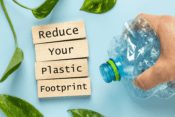 Reducing Plastic Use in Daily Life: Simple Steps for a Greener Tomorrow
Reducing Plastic Use in Daily Life: Simple Steps for a Greener Tomorrow
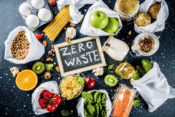 Implementing a Zero-Waste Kitchen: A Comprehensive Guide to Reducing Food Waste and Environmental Impact
Implementing a Zero-Waste Kitchen: A Comprehensive Guide to Reducing Food Waste and Environmental Impact
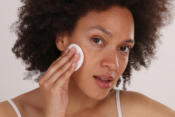 The Complete Beginner’s Guide to Starting Your First Skincare Routine in 2025: Everything You Need to Know
The Complete Beginner’s Guide to Starting Your First Skincare Routine in 2025: Everything You Need to Know
 Evening Rituals: The Ultimate Night Skincare Guide for 2025
Evening Rituals: The Ultimate Night Skincare Guide for 2025

